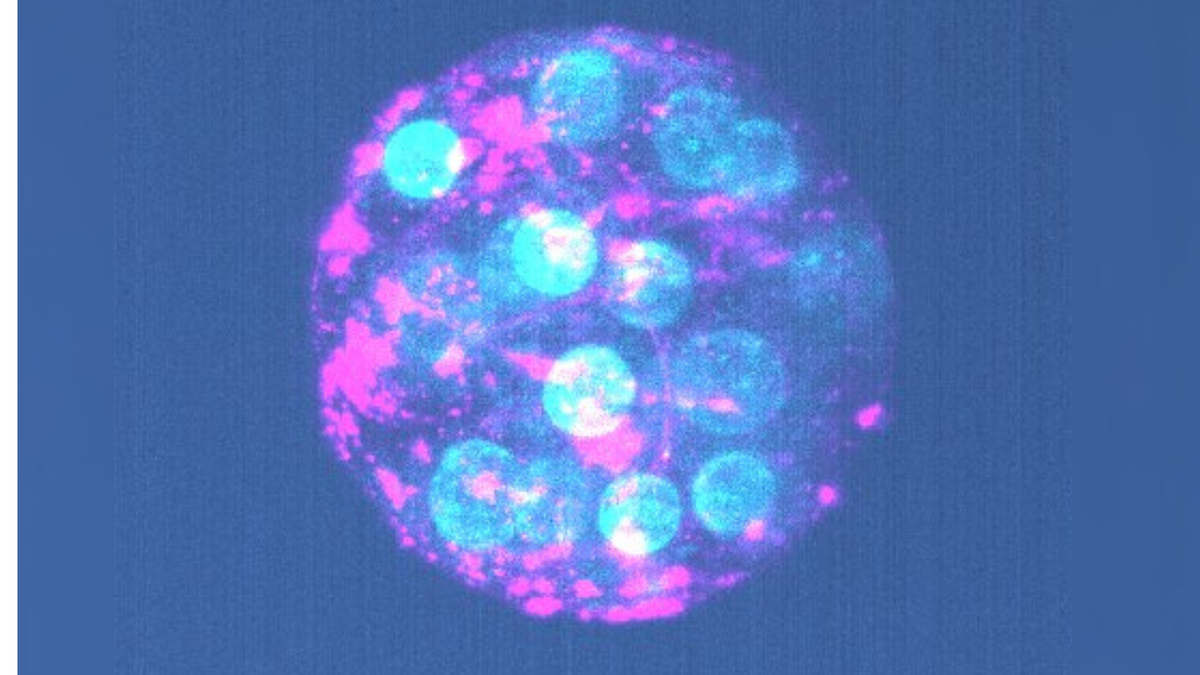Scientists have created a comprehensive “atlas” of what early embryonic development looks like in mammals, showcasing how a fertilized egg transforms into a complex organism with a distinctive shape and structure.
The new research shows that the initial stages of development — in which the fertilized egg divides a number of times, going from one cell to two, four, and then eight — is highly chaotic.
In other words, this early cell division appears to be very random, in terms of the timing of each split and the orientation of the resulting cells. As a result, the shape of an embryo from one member of a species will look very different to another. This is unlike what’s seen in other animals, such as the tiny roundworm Caenorhabditis elegans or sea squirts, whose early development is tightly regulated and thus unfolds similarly every time.
Related: Should we rethink our legal definition of a human embryo?
Once a mammal embryo contains eight cells, though, something shifts.
Computational modeling from the new study revealed that a switch occurs at this stage, bringing a sense of order and uniformity to what was once chaos. The dividing cells begin efficiently packaging themselves together, leading to the formation of an embryo with an organized structure and shape that is common among mammals.
This step is critical because this common structure will then give rise to all the tissues and organs in the final, full-fledged organism — a process known as morphogenesis.
The new atlas charting this shift from chaos to order was described in a paper published Thursday (Oct. 10) in the journal Science. The researchers revealed the pattern in a series of lab experiments conducted in mouse, rabbit and monkey embryos. More research is needed to see if the exact same process also happens in humans.
If that proves true, the findings could theoretically help improve future fertility treatments.
“Although this is fundamental research, I think one interesting implication is to assess embryo quality in IVF [in-vitro fertilization] techniques,” Edouard Hannezo, study co-author and a professor of biophysics at the Institute of Science and Technology Austria, told Live Science in an email.
For instance, this newfound knowledge could guide the selection of the healthiest embryos prior to implantation, increasing the chances that they’ll successfully embed in the uterus, the authors wrote in a statement.
Ever wonder why some people build muscle more easily than others or why freckles come out in the sun? Send us your questions about how the human body works to community@livescience.com with the subject line “Health Desk Q,” and you may see your question answered on the website!


